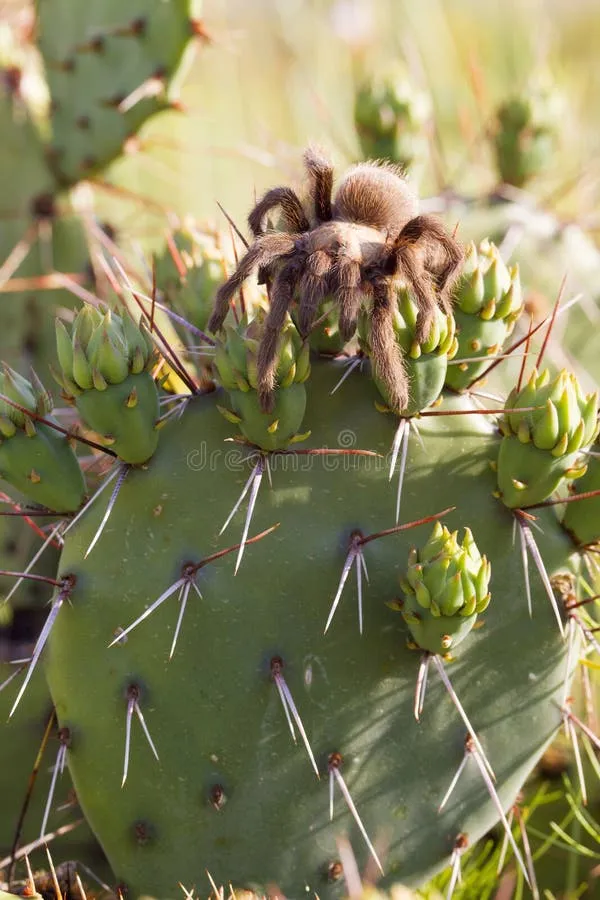Understanding the Tarantula Cactus
The Tarantula Cactus, scientifically known as Echinopsis arachnacantha, is a fascinating and unique succulent that captivates plant enthusiasts with its unusual appearance and relatively easy care. This guide provides comprehensive information on how to cultivate and maintain a thriving Tarantula Cactus, ensuring it flourishes in your home or garden. From understanding its origins and characteristics to mastering its specific care requirements, this article will equip you with the knowledge to successfully grow this intriguing plant. Discover the secrets to its healthy growth and enjoy the beauty of this remarkable cactus.
What is a Tarantula Cactus
The Tarantula Cactus gets its common name from the web-like spines that resemble a tarantula’s hairy legs. It’s a small, globular cactus that typically grows up to 6 inches in diameter. Its distinctive feature is the dense cluster of spines that create a visually striking appearance. Unlike many other cacti, the Tarantula Cactus has a relatively simple structure, making it an ideal choice for both beginner and experienced plant owners. It is known for its resilience and ability to adapt to various environments when provided with proper care.
Origin and Habitat
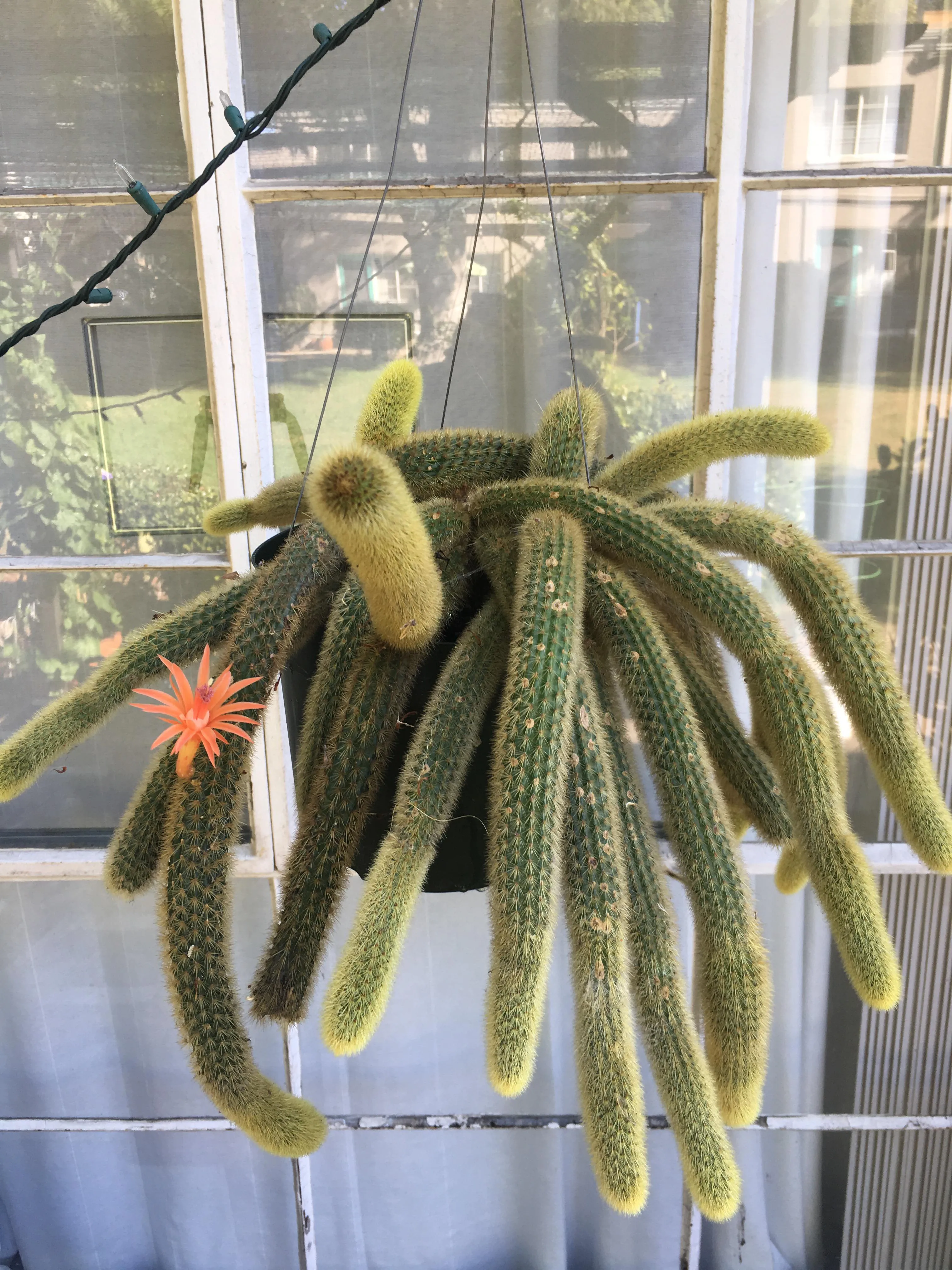
Native to the arid regions of South America, particularly Argentina and Bolivia, the Tarantula Cactus thrives in harsh, dry environments. In its natural habitat, it grows in rocky, well-drained soils and experiences long periods of drought. This adaptation has made it a hardy plant, capable of withstanding challenging conditions. Understanding its origin is crucial for replicating its natural environment and providing the appropriate care it needs to thrive in cultivation. Replicating its native habitat in your home is a key to success.
Key Characteristics of Tarantula Cactus
The Tarantula Cactus is characterized by its small size and unique spination. The spines are not only visually appealing but also serve a protective function, shielding the cactus from harsh sunlight and potential predators. The cactus produces beautiful, trumpet-shaped flowers, usually in shades of white, yellow, or pink, though flowering can be infrequent in cultivation without the right conditions. Its ability to store water allows it to survive in drought conditions, making it a resilient and low-maintenance plant for indoor and outdoor settings. Knowing these characteristics can help you identify and care for your cactus better.
Optimal Conditions for Tarantula Cactus
Creating the right environment is essential for the healthy growth of your Tarantula Cactus. This includes providing the right amount of sunlight, water, soil, and temperature. By carefully considering these factors, you can ensure your cactus thrives and rewards you with its unique beauty. The following sections provide detailed guidance on how to create the ideal conditions for your Tarantula Cactus, helping it to flourish and maintain its distinctive appearance.
Sunlight Requirements
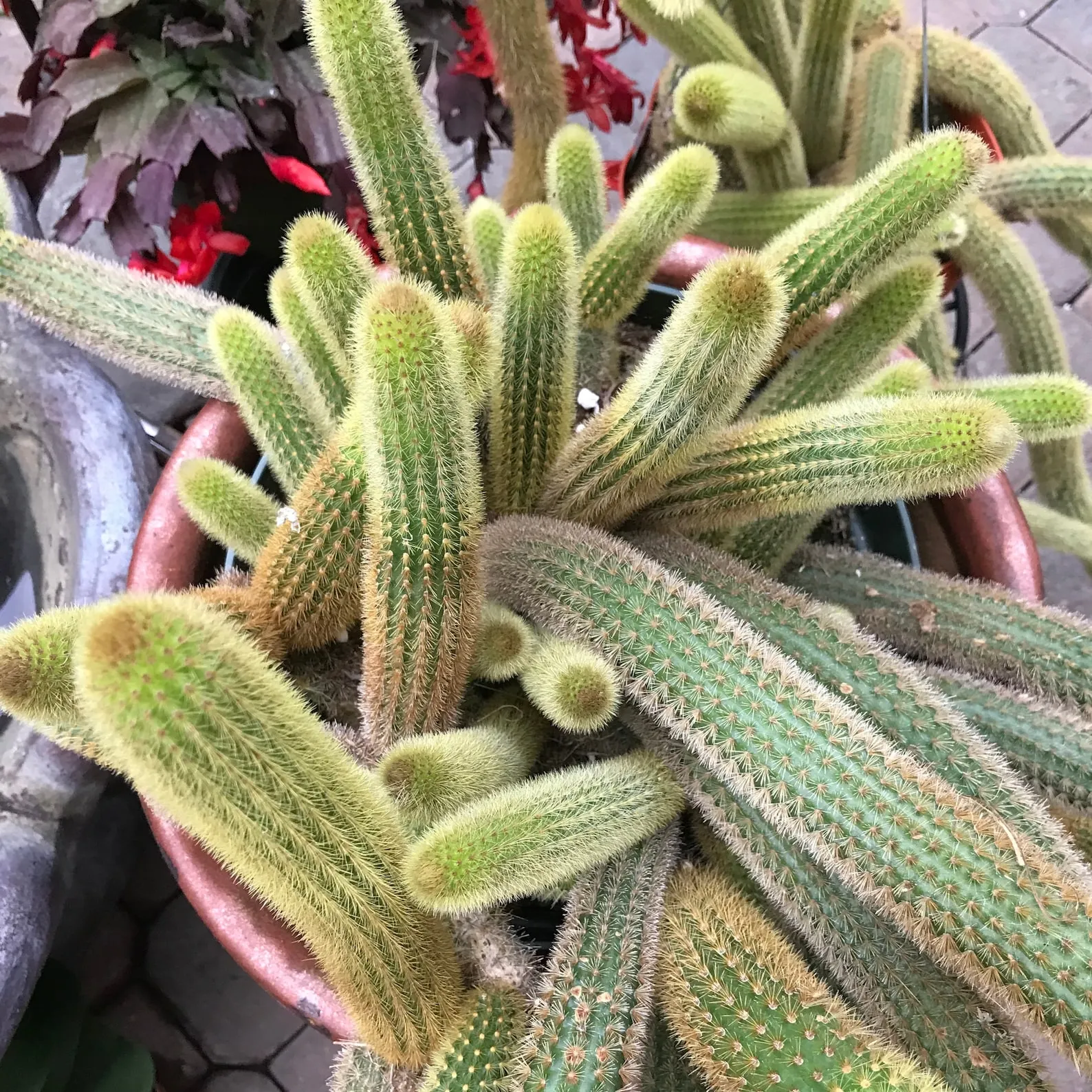
The Tarantula Cactus thrives in bright, indirect sunlight. While it can tolerate some direct sunlight, excessive exposure, especially during the hottest parts of the day, can scorch its delicate spines. An east-facing window is often ideal, providing gentle morning sun. If you’re growing your cactus outdoors, choose a location that offers partial shade, particularly during the afternoon. Monitoring the plant for signs of sunburn, such as yellowing or browning, will help you adjust its light exposure as needed. Adequate sunlight is vital for photosynthesis and overall health of the plant, ensuring vibrant growth and potential flowering.
Watering Schedule
Overwatering is the most common cause of problems with the Tarantula Cactus. Allow the soil to dry out completely between waterings. During the growing season (spring and summer), water sparingly, about once every two to three weeks, depending on the environmental conditions. Reduce watering significantly during the dormant period (fall and winter), watering only once a month or even less frequently. When you do water, thoroughly soak the soil, ensuring excess water drains away to prevent root rot. Adjust the watering frequency based on the plant’s needs and environmental factors like humidity and temperature.
Soil and Potting
Well-draining soil is crucial for the Tarantula Cactus. Use a cactus potting mix, which is specifically formulated to provide excellent drainage. You can also create your own mix by combining regular potting soil with perlite and coarse sand. Choose a pot with drainage holes to prevent water from accumulating around the roots. Terracotta pots are ideal as they allow the soil to dry out more quickly than plastic pots. Repot your Tarantula Cactus every two to three years, or when it outgrows its current pot. This ensures the soil remains fresh and provides enough space for root growth.
Temperature and Humidity
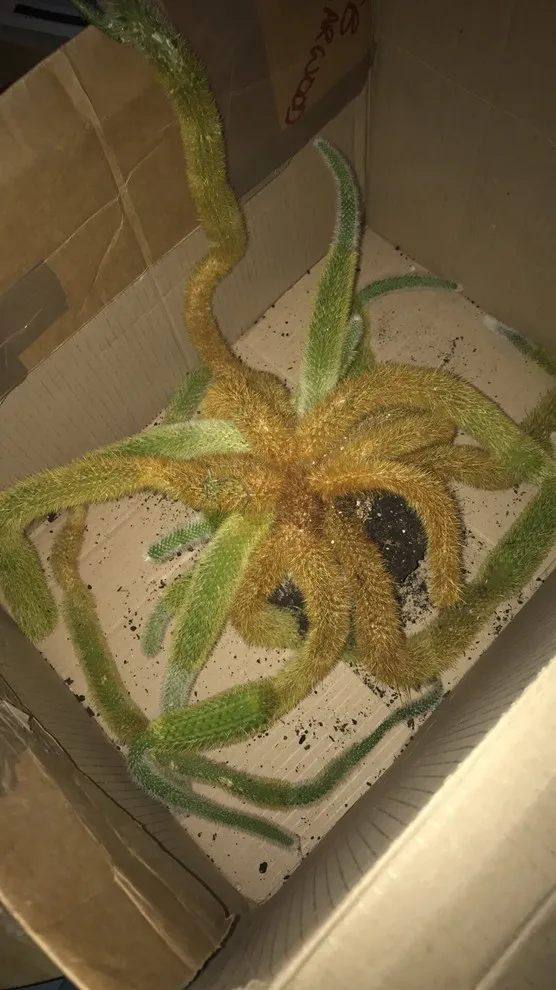
The Tarantula Cactus prefers moderate temperatures. It thrives in temperatures between 60°F and 80°F (15°C and 27°C). Protect it from extreme temperatures, especially freezing conditions, as it is not frost-tolerant. While it can tolerate low humidity levels, avoid placing it near heating vents or in excessively dry environments. Normal household humidity levels are typically sufficient. Providing the right temperature range will promote healthy growth, and a stable environment will help your Tarantula Cactus thrive year-round.
Essential Care Practices for Tarantula Cactus
Beyond the basic requirements of sunlight, water, and soil, some care practices will ensure your Tarantula Cactus remains healthy and vibrant. These practices include proper watering techniques, appropriate fertilization, pruning, and pest control. Implementing these practices will significantly enhance the plant’s longevity and aesthetic appeal. Careful attention to these details will ensure that your Tarantula Cactus thrives and remains a captivating addition to your plant collection.
Watering Techniques
Watering correctly is a fundamental part of Tarantula Cactus care. Always allow the soil to dry out completely before watering again. When you water, do so thoroughly, until water drains from the bottom of the pot. Avoid letting the plant sit in water, as this can lead to root rot. Use room-temperature water, and avoid getting water on the cactus itself to prevent potential rot. Monitoring the soil moisture regularly and adjusting your watering schedule to suit the environmental conditions are the best ways to ensure proper care and prevent common issues like overwatering.
Fertilizing Your Tarantula Cactus
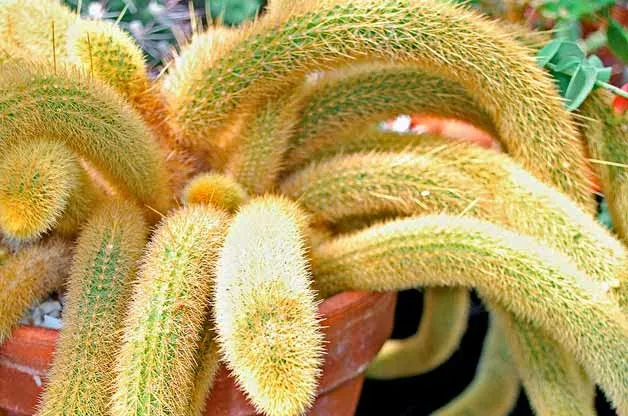
Fertilize your Tarantula Cactus during the growing season (spring and summer). Use a balanced, diluted cactus fertilizer, following the manufacturer’s instructions. Over-fertilizing can be harmful, so it is better to err on the side of caution. Avoid fertilizing during the dormant period (fall and winter). Fertilizing supports healthy growth, flowering (if it occurs), and overall plant vigor. Regular, but moderate fertilization, is key to keeping your Tarantula Cactus in top condition. Ensure you dilute the fertilizer to avoid any damage to the plant.
Pruning and Maintenance
The Tarantula Cactus generally requires minimal pruning. Remove any dead or damaged spines or sections as needed. You can also prune to shape the cactus or to remove offsets (small plants that grow from the base). Use clean, sharp scissors or pruning shears to prevent the spread of disease. Regular inspection for any signs of pests or diseases is also part of maintenance. Pruning helps the cactus maintain a tidy appearance and keeps it healthy, promoting better growth and a more attractive form. Proper maintenance ensures your plant remains vibrant and visually appealing.
Common Pests and Diseases
Tarantula Cacti are relatively pest-resistant, but they can occasionally be affected by common pests such as mealybugs or spider mites. Inspect your plant regularly for any signs of infestation. If you find any pests, treat them promptly with insecticidal soap or neem oil. Ensure good air circulation to prevent fungal diseases. Avoid overwatering, as this can lead to root rot, a common problem for cacti. Maintaining a clean environment and monitoring for potential issues will help keep your Tarantula Cactus healthy and pest-free.
Propagating Your Tarantula Cactus
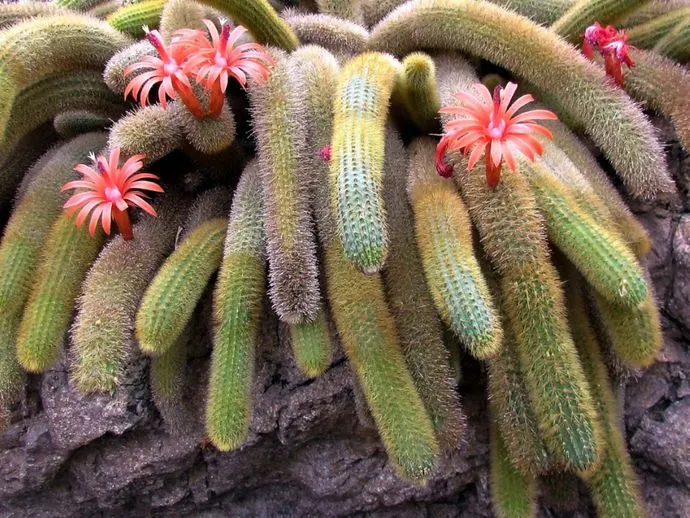
Propagating your Tarantula Cactus is a rewarding way to expand your collection or share this unique plant with others. The most common method of propagation is through offsets (small plants that grow from the base of the parent plant). Successfully propagating your cactus requires patience and attention to detail, but the process is relatively straightforward. Following these guidelines, you can successfully propagate your Tarantula Cactus and enjoy the fruits of your labor.
Methods of Propagation
The primary method for propagating Tarantula Cactus is through the separation of offsets. These small plants, which resemble miniature versions of the parent plant, develop at the base. You can also propagate them by seeds, however, this is a more challenging method. Offsets are the easiest and most reliable way to create new plants. Proper timing and technique are crucial for successful propagation.
Step-by-Step Propagation Guide
To propagate via offsets, wait until the offset is large enough to handle (at least a few inches in diameter). Carefully remove the offset from the parent plant, using a clean knife or your hands. Allow the offset to callous over for a few days to a week in a dry, shaded location. Plant the offset in well-draining cactus soil, and water sparingly until roots establish. New roots typically develop within a few weeks. Handle the young plants gently and provide them with the same care as the parent plant to encourage healthy growth. Propagation is a rewarding way to expand your collection of these fascinating cacti.
Troubleshooting and Common Issues
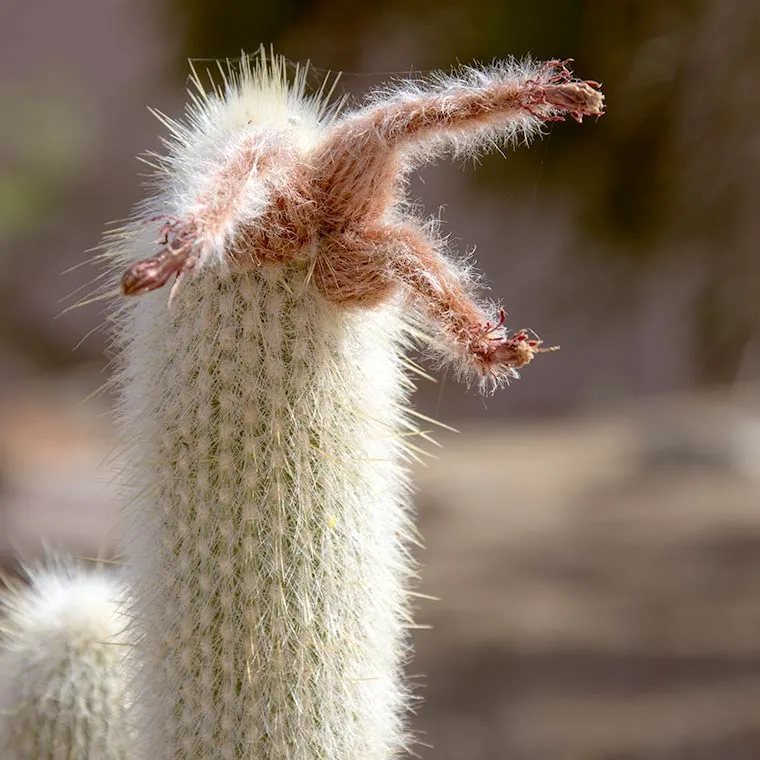
Even with the best care, issues can arise. Knowing how to identify and address common problems will help you keep your Tarantula Cactus healthy and thriving. The following sections will address some of the most frequently encountered issues and provide solutions to ensure your cactus remains vibrant and attractive. Understanding these issues will help you to be proactive in maintaining your plant.
Yellowing Leaves
Yellowing can indicate overwatering, insufficient sunlight, or nutrient deficiency. Check the soil moisture and adjust your watering schedule accordingly. Ensure your cactus receives adequate light, moving it to a brighter location if needed. If the issue persists, consider using a balanced fertilizer during the growing season. Addressing yellowing leaves promptly is essential to prevent further decline and restore the plant’s health. Adjustments in watering and light exposure often resolve this issue.
Root Rot
Root rot is a serious issue caused by overwatering or poor drainage. The roots become soft and mushy, and the plant may start to decline. If you suspect root rot, remove the cactus from its pot and inspect the roots. Trim away any affected roots with a clean knife or scissors. Repot the cactus in fresh, well-draining soil, and adjust your watering practices to prevent recurrence. Preventing root rot is crucial for the long-term health of your Tarantula Cactus. Prompt action is required to save an infected plant.
Lack of Flowering
The Tarantula Cactus may not flower if it doesn’t receive enough sunlight or if it is not fertilized properly. Ensure your cactus receives bright, indirect sunlight and fertilize it with a balanced fertilizer during the growing season. Providing the right conditions can encourage flowering. Patience is key, as some cacti may take several years to bloom. When a Tarantula Cactus flowers, it produces a beautiful display that is well worth the wait. Make sure your plant is getting the right light and nutrients.
Conclusion
The Tarantula Cactus is a unique and rewarding plant to grow. By understanding its needs and providing the proper care, you can enjoy the beauty of this fascinating succulent. From its distinctive appearance to its relatively low maintenance requirements, the Tarantula Cactus is a great choice for both novice and experienced plant enthusiasts. With the guidance provided in this care guide, you can ensure that your Tarantula Cactus thrives, bringing beauty and intrigue to your living space. Happy growing!
